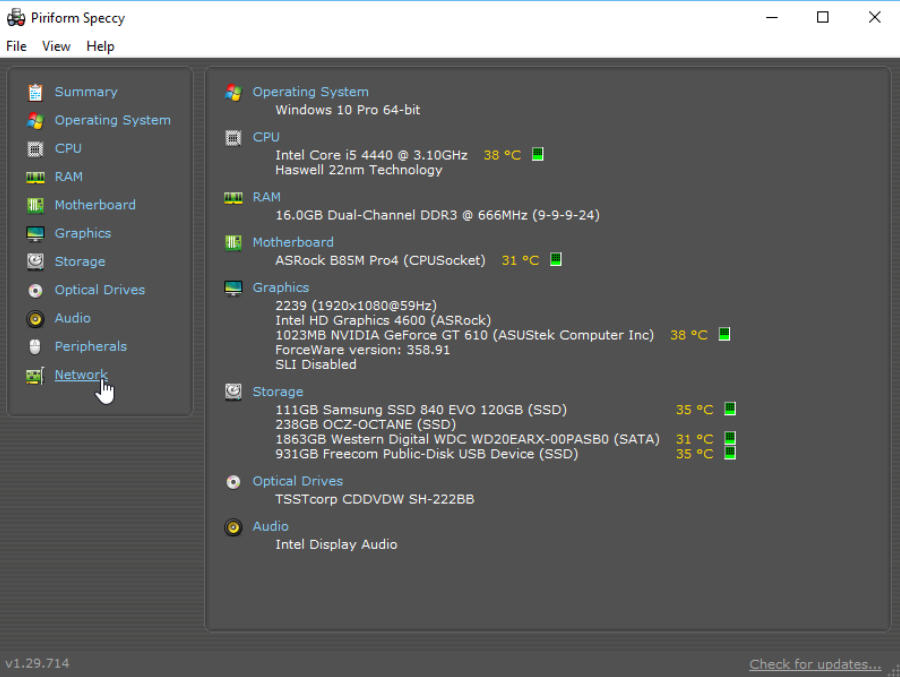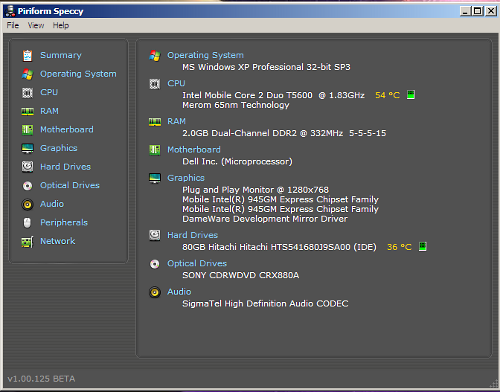

In my case, it states that the maximum capacity of RAM is 64 GB and just below it mentions the free slots of the motherboard which I can add extra 8 megabytes of memory.

Once you run it, it will open your default browser and after inspecting your system it will display the website with the items you are looking for. Go to this link and download the Crucial System Scanner to your computer. Use the Crucial System ScannerĪlternatively, if you can not find more information on your computer’s motherboard, as might be the case with your laptop, then you can use a free and portable Crucial tool that will give you this information easily and quickly. If it isn’t written there, then download the motherboard’s manual where it will surely mention this.įor example, in my case, the information I found on the Asus website for my motherboard tells me how much RAM my computer supports and the extra data I need to know before proceeding with buying additional RAM modules. Once you have found your motherboard, take a look at its technical features where it is likely to report the total size of RAM it supports. You can use the search or the corresponding menus on the page. So once you know the brand and model of the motherboard, go to the manufacturer’s website and look for the same model to see its information. Specifically for Speccy, the motherboard model appears on the Motherboard tab as you will see in the picture below. If you do not know what the motherboard model is, then you can use Piriform’s free Speccy tool or any other equivalent tool.

For desktop computers, this is easier to find because there is easier access to the inside of the computer (especially if you built it yourself) as opposed to laptops. Initially, you will need to know the model of your computer’s motherboard. Check motherboard’s technical specifications It’s a good idea to know which version of Windows your computer has before you buy extra RAM for your computer. Note: 32-bit versions of Windows support up to 4GB of RAM while this limitation does not apply to 64-bit versions. There are a number of ways to find out how much RAM your computer can support, be it desktop or laptop, which we’ll see below.


 0 kommentar(er)
0 kommentar(er)
